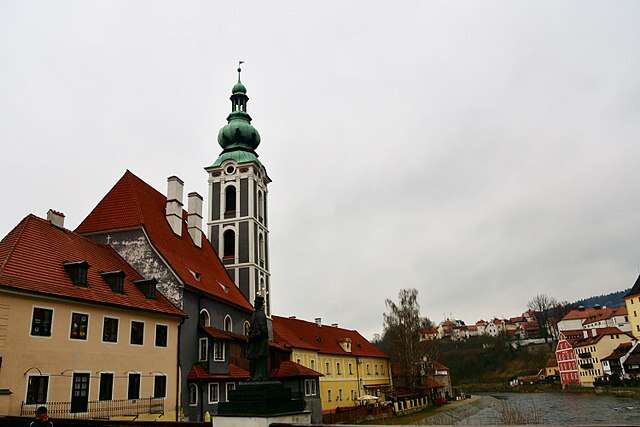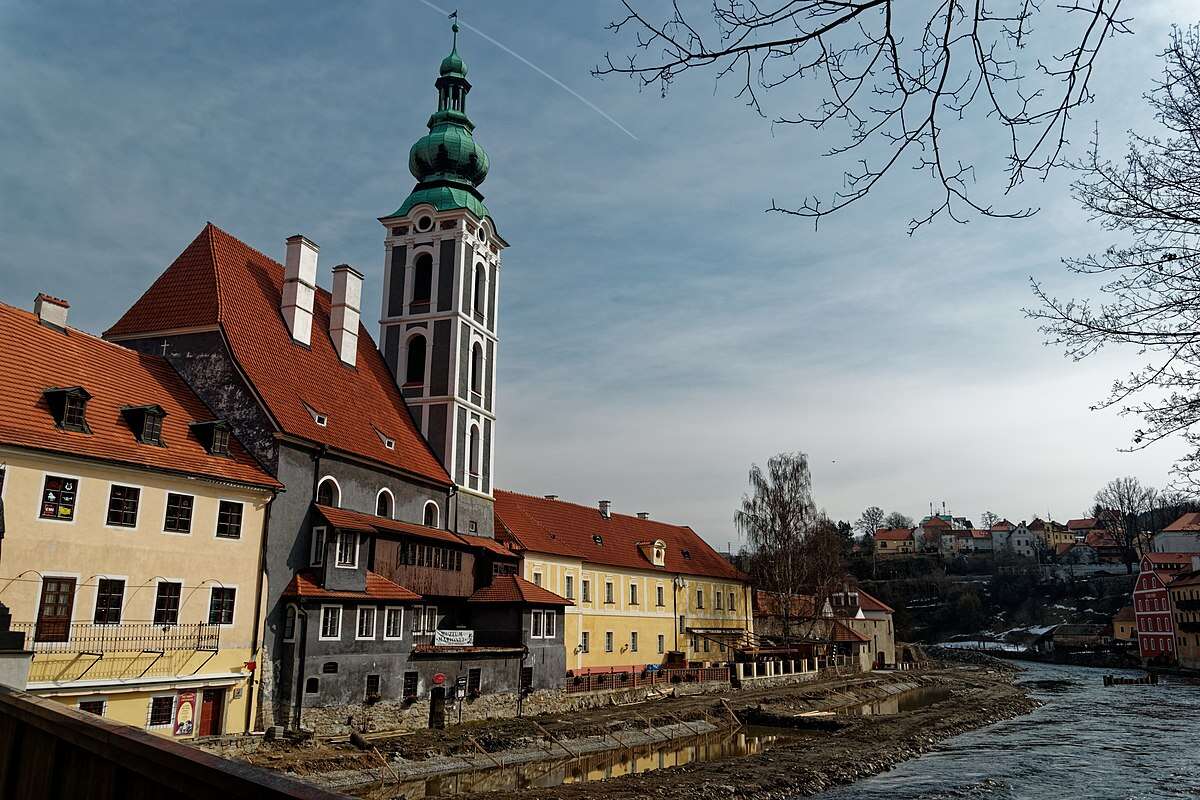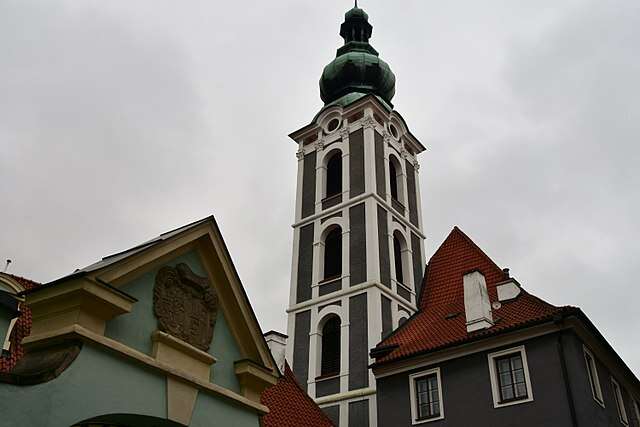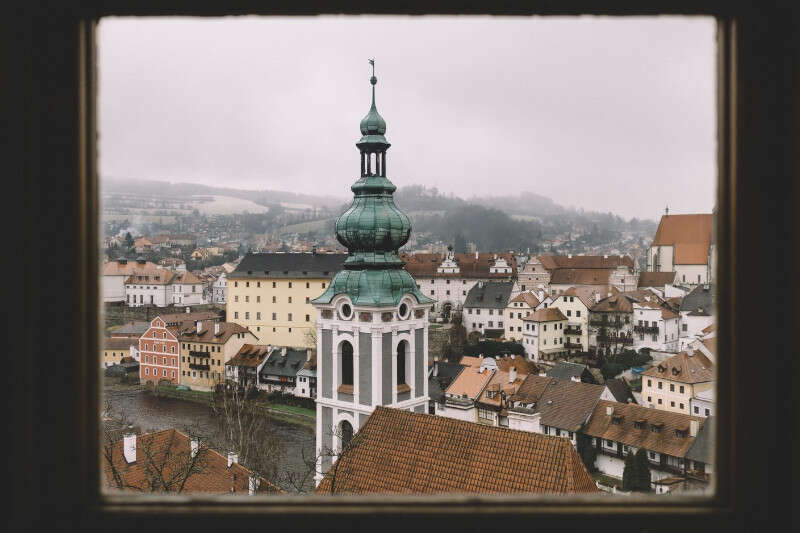Church of St. Jošt
The building is located in the city district of Latran, on the left side of the Vltava River and is a UNESCO World Heritage Site. It currently has three floors, and was rebuilt at the end of the 18th century, shortly after the church was closed. The church is no longer used for spiritual purposes and the building houses a marionette museum.
From chaple to brewing beer
The original chapel or church was founded by Peter I of Rožmberk as part of the Rosenberg manor hospital before 1334. In 1596 Peter Vok of Rožmberk began a Renaissance reconstruction of the church, which completely changed its overall outlook. This reconstruction was led by the architect Domenico Benedetto Cometta of Eckthurn. After the last of the Rosenbergs left Český Krumlov, the church was handed over to the local Jesuits for German preaching in 1602 and the church was rededicated to St. Jošt and St. Agnes as a ‘German church’. During the Josephine reforms the church was closed in 1787. Since the end of the 18th century, the building has been used first as a town house with the right to brew beer and later for commercial purposes.
Fun facts:
Petr of Rožmerk probably had the church built as a thanksgiving for the birth of his son Jost.
Few people know that Peter of Rožmberk wanted to have a tomb built here. Theoretically the tomb could had been in the cellar, but Peter was eventually buried in the Vyšší brod Monastery.
After 1900 the building was used exclusively as a residential house, with shops and a restaurant on the ground floor.
After 1920, Bata shop or Josef Seidel's shop resided here.












